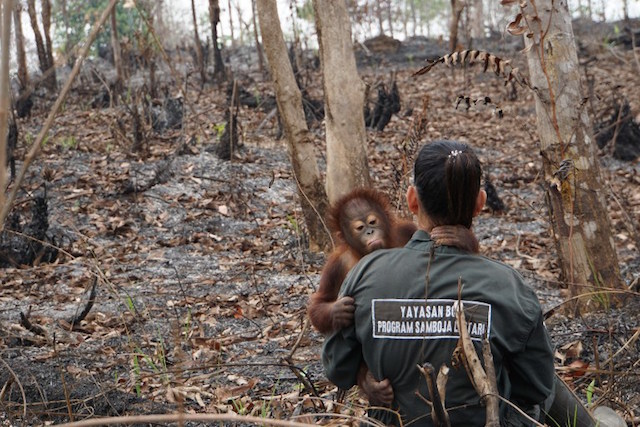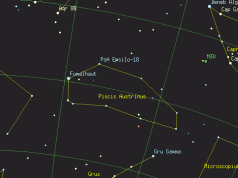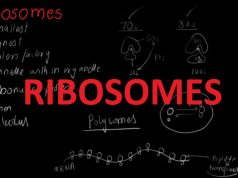Fires can cause grave damage to ecosystems and habitats, killing off individuals and populations, and destroying the resources upon which they depend. However, incorrectly applied fire management techniques can also cause harm in the long-run, as happened in Yellowstone National Park in 1988.
Forests Ecosystems and Fires
In a natural forest ecosystem, natural fires sometimes occur. Usually these fires consume brush and other dry fuel but do not grow large enough to threaten mature trees. They remove fire fuel from the area and clear the way for new vegetation, enriching the soil and creating shelter and food for many animal species.
The Great Yellowstone Fire
Yellowstone National Park and other national parks had a policy for many years of extinguishing all fires as soon as they were discovered.
While this seemed like a good idea at the time, it caused many years’ worth of fuel to accumulate in the forests. When a fire finally began that could not be extinguished immediately, it had far more fuel to feed it than would have existed under natural circumstances.
The fire burned hotter, grew larger, and crowned, meaning that it jumped from the forest floor into the branches of the trees. These evergreen trees, filled with a tar-like substance, provided fuel that made the fire burn so furiously it was nearly impossible to fight.
Millions of acres burned, creating an enormous cloud of smoke that could be seen and smelled from thousands of miles away. By the time it was extinguished, over one third of the park had been destroyed. Over twenty years later, the forests still have not completely recovered. This fire burned so hot that, in many areas, the soil turned to glass, preventing new tree saplings from taking root.
Introduced Species and Wildfires
Wildfires are also a problem in dry chaparral and desert ecosystems. In these ecosystems, introduced species of grass and other plants create additional hazards. The grasses and plants that are native to these areas evolved with periodic wildfires. They developed many adaptations to survive fire, among these, single root systems and fire proof seeds.
Introduced grasses have very different adaptations. These grasses have interlocking root systems. These roots allow them to spread rapidly in their native environments. However, they create an additional fire hazard in foreign ecosystems. When a fire strikes these introduced grasses, it can burn down into the roots and then spread for many acres from root to root, following the plants’ path underground (similar to a crown fire in trees).


















